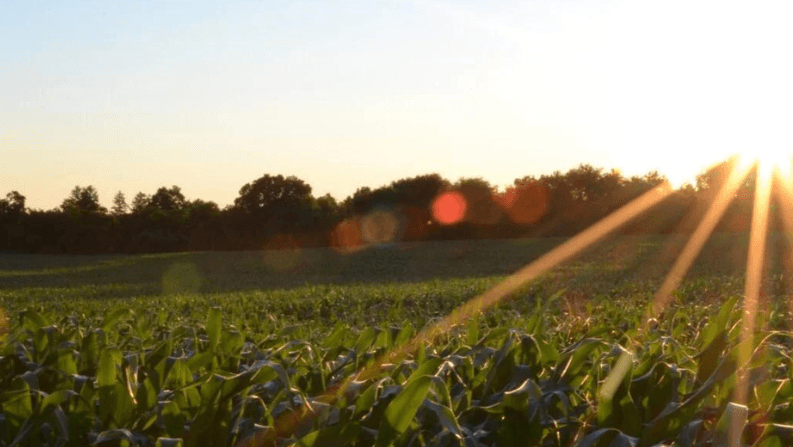
3–5 Years to Better Soils: What to Expect on Your Regen Journey
One of the most common questions we hear from farmers exploring regenerative agriculture is: “How long will it take before I see results?”
The honest answer, as soil educator Joel Williams shares in Episode 4 of The Sea2Soil Podcast, is that building soil health is not a quick fix - it’s a journey of continual improvement.
Soil doesn’t degrade overnight - and it won’t repair overnight either
Most soils have reached their current condition after years of intensive management, nutrient offtake, and disturbance. Reversing that trajectory naturally takes time. Joel explains that while some benefits can be seen sooner, meaningful change generally occurs within a three-to-five-year transition period. Think of it less as a destination and more as a new way of farming that steadily pays back year on year.
What you might see in the short term (year 1–2)
Early boosts in biology: Adding organic amendments like fish hydrolysates or seaweed extracts can quickly stimulate microbial activity.
Improved rooting: Autumn applications of amino acids help winter crops establish stronger root systems.
Signs of resilience: Even within the first couple of seasons, farmers may notice better plant vigour or less stress in dry spells.
The medium-term shift (year 3–5)
Soil structure improvements: As biology gets to work, soils start forming stronger aggregates, improving infiltration and water-holding.
Nutrient cycling kicks in: Locked-up nutrients become more available thanks to increased microbial activity.
Reduced input reliance: Many farmers worldwide report comfortably reducing synthetic nitrogen inputs by 20–30% at this stage, with some pasture systems going further.
The long game: continual improvement
Soil regeneration doesn’t stop at year five. With consistent application of soil health principles, minimising disturbance, maintaining cover, integrating livestock, and embracing diversity, farmers can continue to build resilience, fertility, and profitability for decades. Joel describes it as a lifelong journey: each year offering new opportunities to reduce the “baddies” (tillage, overuse of chemicals) and do more of the “goodies” (biology-building practices).
Setting realistic expectations
It’s easy to become impatient when trying something new, especially if you’re used to quick responses from synthetic fertilisers. But regenerative farming is about building lasting soil function, not chasing instant results. By framing it as a multi-year transition, you set yourself up to measure progress in seasons and systems, not in weeks.
Hear more from Joel Williams on the timescales of soil regeneration in Episode 4 of The Sea2Soil Podcast.